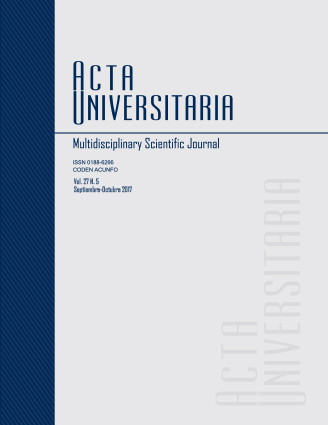The Mexican giant cardon (Pachycereus pringlei) interactions with wildlife on the Baja California peninsula, Mexico
Published 2017-11-06
Keywords
- Cardon,
- camera trap,
- keystone species,
- plant-animal interaction,
- Sonoran Desert.
- Cardón,
- cámara trampa,
- Desierto Sonorense,
- especie clave,
- interacción planta-animal.
How to Cite
Abstract
The Mexican giant cardon (Pachycereus pringlei (S.Watson) Britton & Rose) is an endemic species of the Sonoran Desert; these immense cacti serve as reservoirs of water and nutrients and provide food and shelter for a large diversity of wildlife. The objectives of the study were to identify the number of species that currently interact with cardonsand determine how they take advantage of the cactus. Camera traps were placed near cardon flowers and fruits. Animal species engaged in interactions with the plant were photographed and a literature review was also undertaken to enhance the interactions database. 61 species that interact with cardons were found, 25 of which had not previously been reported. 83 total interactions were recorded , 45% of which occurred in the flowering and fruiting season. This large number of interactions suggests that the Mexican giant cardon is a keystone species for the Sonoran Desert and should be considered for land management and conservation planning within this region.


